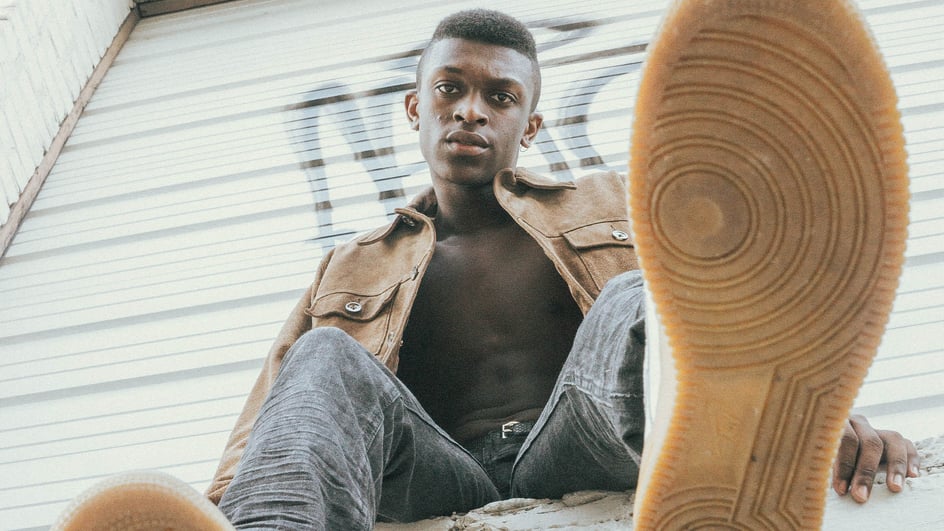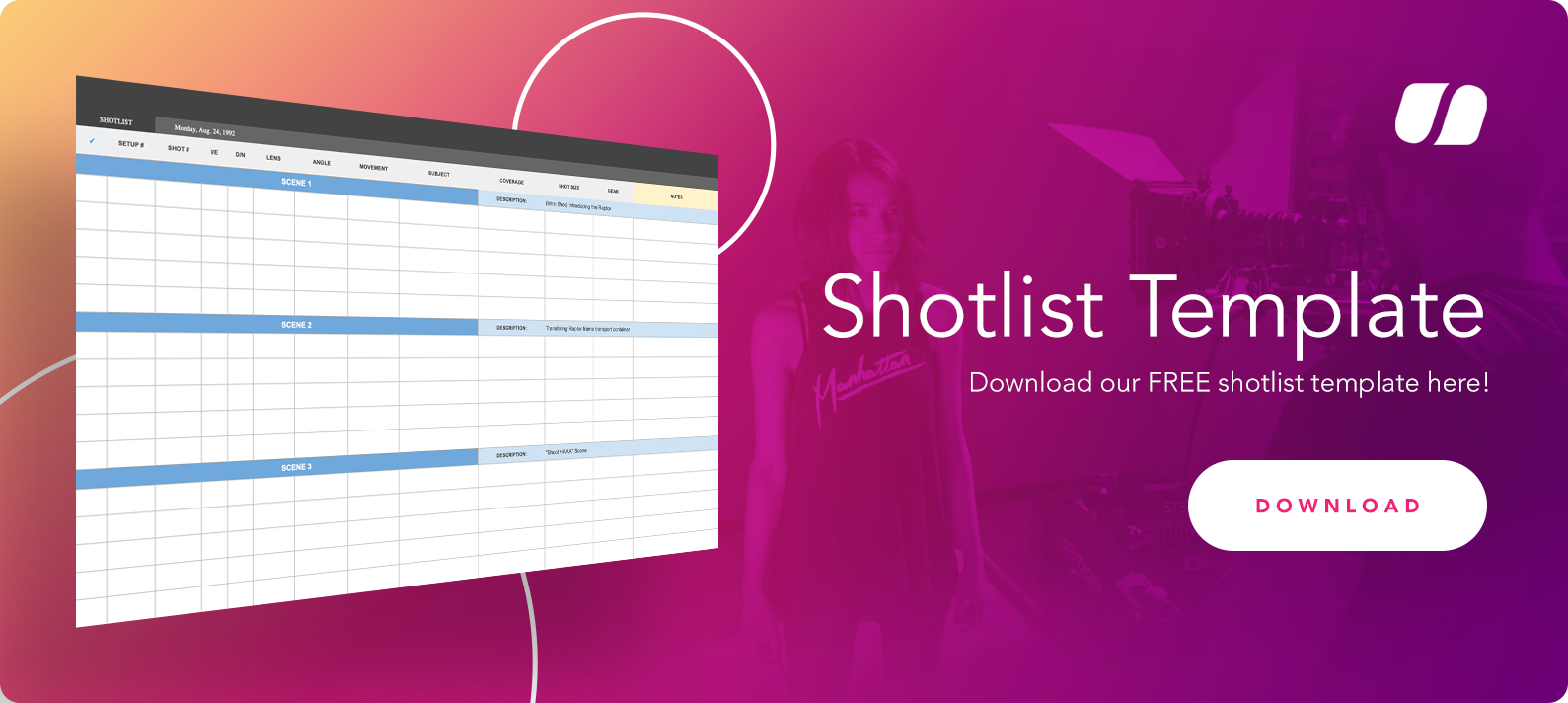
Apr 6, 2021
*Updated April 2022
When working as a filmmaker — or simply a camera operator — on set, there are a lot of factors to keep in mind. First and foremost you need to be following closely along with a shot list and a shooting script. However, even this requires a strong understanding of all the different shot types — as well as all of the different shot angles.
But what are these different shots? And, in particular, what are these different shot angles?
Today we're going to go over the all-important low angle shot, which as far as camera angles go, is one of the most important shot angles every cinematographer should know.
What is a low angle shot?
Let's start with a low angle shot definition; which is basically just any shot that is captured below eye line level.
With strategic camera placement and situational context, this technique has been used to emphasize the heroism of a character(s) or — on the opposite end of the spectrum — their vulnerability.
As the filmmaker, you control every aspect of what the audience sees. And viewers rely on the camera shots and angles that you use to understand and emotionally connect with the events unfolding on-screen.
Low angle shots, whether subtle or obvious, can reveal a lot about your motives as a filmmaker.
If you’re filming a dialogue scene between two characters, you might establish a disproportionate power dynamic by framing one character with a low angle shot and the other with an eye level shot.
You could also put the audience at unease with a low angle establishing shot to start a scene, or even try experimenting with shooting an extreme low angle shot as well.
What is an extreme low angle shot?
As its name implies, an extreme low angle shot is simply a low angle shot where the camera angle is placed even lower so that the shot angle is much more extreme. There aren't any hard rules as to what defines an extreme low angle shot, but for the sake of understanding it might be best to think of one as an angle shot from below the knees.
You can see examples of this extreme camera angle in any scenes in films where we get the POV of a character looking directly up at another character standing above them. It's basically a trick to push the camera angle more along a vertical axis than a horizontal one as it makes the audience feel vulnerable as the character looking down can suddenly convey power from above.
The Low Angle Shot in Famous Films
Now, back to the singular low angle shot, let's go over some low angle shot examples and which you can use as inspiration for your own cinematography or low angle photography.
Citizen Kane (1941)
Low angle shots are commonly and strategically used alongside other types of camera shots — say, close-up or extreme wide shots.
What’s less common, however, is for an entire scene to be filmed through a low angle perspective.
As director, producer, and principal actor in Citizen Kane, Orson Welles used low angle shots as a key storytelling tool. In fact, the scene above is composed entirely of this type of camera shot.
This technique allows the audience to take in the full scope of the room. The camera tracks the movement of the two characters as they distance themselves from one another, come together, and eventually part ways.
The low angle viewpoint effectively keeps the audience at a distance. And the floor-to-ceiling visibility achieved with this shot is an impressive feat from a production standpoint as well.
This video details how removable floorboards were built into the set to allow for these low angle shots and the mic setup was rigged above the canvas ceiling.
The Silence of the Lambs (1991)
The scene above alternates between low angle shots and high angle shots.
From a practical sense, these dual angles allow the audience to see Buffalo Bill (Ted Levine) through Catherine Martin’s (Brooke Smith) perspective, and vice versa. It also calls attention to the physical advantage that Buffalo Bill has over Catherine.
From a thematic sense, the low angle shots position Buffalo Bill in full control over this situation. Not only do the high angle shots emphasize Catherine’s desperation and complete lack of control, this perspective gives the low angle shots even more on-screen power.
Mission Impossible (1996)
In doing so, you achieve an effect similar to the one in this scene above.
This scene from Mission Impossible (1996) combines and alternates between Dutch angle and low angle shots to emphasize the growing tension between the two characters. This feeling is heightened even more because of the suspenseful music in the background.
The character framed by a low angle shot comes across as foreboding and powerful while the other character is seen at a clear disadvantage, as seen in this particular example.
Depending on what is happening on-screen, however, this shot can achieve a much different effect. To provide more context on the low angle shot’s impact in film, we’re highlighting specific and practical uses for the shot in the next section.
Working with different camera angle shots
As mentioned above, having a camera pointing upward or downward at a subject's feet can be a quick and easy way to establish power dynamics and subvert audience expectations. Along with the examples listed above, we also see these low angles in shots from Quentin Tarantino, including his famous trunk shot which appears in a number of his films.
These trunk shots, along with other angle shots from low angles can be a powerful tool when it comes to building dramatic tension.
Another trick to combine with a camera positioned low is for camera operators to add a camera move or two. These camera movements, whether those be a low angle dolly push or other high angles with movement can give your shots that extra dynamic layer.
Of course, all of these different shot angles can be even more effective when you start to combine them with different shot types. Wide shots, medium shots, and close-up shots can all be used from a variety of angles. These angles are also an important decision for any shot-reverse-shot, over-the-shoulder shot, or tracking shot sequences
Finding and Licensing Low Angle Shots
Once you enter post-production, there’s rarely enough time or resources to go back and capture more new footage.
Even when you spend weeks finalizing a shot list and shooting script, you might realize too late that a shot that you don’t have would strengthen the final project overall.
Whether you’re in a bind during post-production or finalizing the shot list in pre-production, Soundstripe offers a solution to this problem.
With a subscription to Soundstripe, you can filter through relevant options and license any video with the low angle shots you’re looking for.
Further reading
Finally, hopefully these tips and tricks for working with camera angles will give you a better understanding of how to subvert a subject's eye line in your projects and films. If you'd like to check out some more helpful articles and resources, read these blog posts below:
